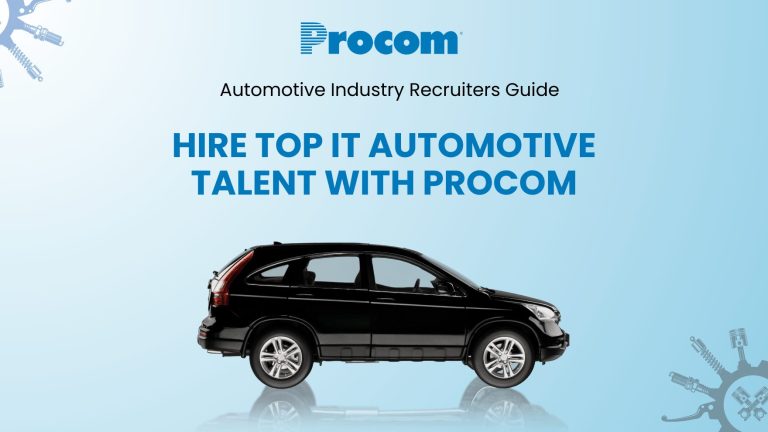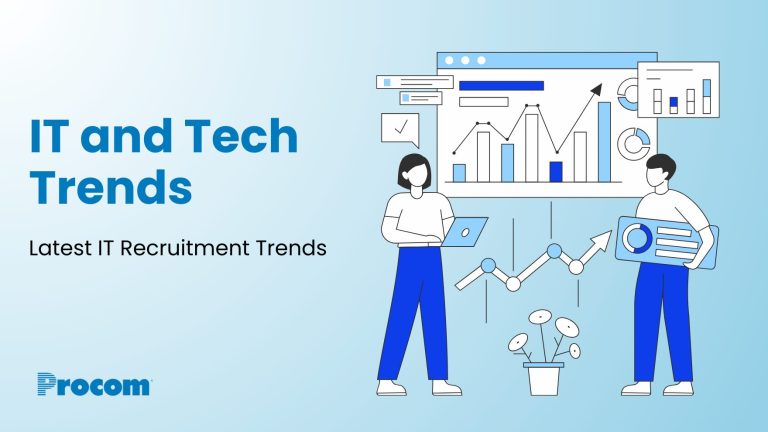Talent is an organization’s greatest asset, and in most cases, its greatest expense. In today’s tight labour market, the power in employment dynamics has changed, and the best talent is increasingly becoming only available through non-traditional worker relationships. Last year alone saw 31 per cent of the U.S. workforce earning as independent contractors/gig workers, with total revenue generated by contingent or part time labour amounting to $864 billion.
Yet, even with the emergence of this diverse workforce ecosystem, Deloitte’s 2018 Human Capital Trends report finds 84 per cent of organizations lack established policies and practices to manage a blended workforce. And ones that aren’t aligning HR and procurement for better contingent workforce management are missing out on valuable opportunities for cost savings, risk mitigation, and increased visibility into their workforce.
Bring visibility and control to your workforce program. Speak to a Procom advisor today.
Why could this be happening?
Organizations must classify workers depending on their employment status (or face misclassification penalties and/or fines), and more often than not, this results in drawing a distinct line between workers, splitting management responsibilities between Human Resources and Procurement.
Yet, when HR is concerned with talent opportunities and Procurement cares about cost and compliance with labor laws, companies end up operating their traditionally employed and contingent labor forces like they’re separate entities. But, just like their full-time colleagues, contingent talent participate in and help create an organization’s company culture. They bring skills and perspectives that contribute to innovation, knowledge sharing and employer branding. They also represent the brand to clients, customers and partners. Managing contingent workers separately is a missed opportunity to leverage the positive impacts and mitigate risk regardless of worker status.
Furthermore, the data suggests that contingent workers aren’t being screened using the same assessment factors as full-time employees, and therefore, can lack the soft skills or cultural fit factors that a traditional HR hiring strategy would uncover during the screening and qualifying stage.
How can HR and Procurement work together?
To achieve a successful and cost-effective workforce, HR and Procurement must foster collaboration and communication to promote the types of cross-functional strategies that create greater visibility, access to data, and enhanced control for better overall workforce planning.
Breaking down the silos
While HR will track metrics like engagement and retention and Procurement KPIs will focus on cost and risk, it’s critical for each function to identify and embrace a shared goal. This means breaking down the silos between departments to understand what drives the other and what objectives they must meet. Understanding the needs of both departments and connecting priorities encourages each one to work towards their common goal: filling skill gaps with high-quality workers in the most cost effective manner.
Identifying, defining and exchanging knowledge
A respectful and mutually beneficial relationship won’t be successful without communication. As HR’s expertise is talent and policy and Procurement’s is contracts and suppliers, each department will not only have its own motivators and objectives – but unique processes and terms that will be unfamiliar to the other as well.
For instance, HR teams may not be familiar with industry lingo like “spend under management,” and terms like “peripheral labour force” may fall flat with Procurement. To effectively communicate, each function must take the step to define their language/jargon and share with the other department to better understand terms and best practices.
Lax communication can be costly. If an organization needs to hire a highly-skilled specialist, for example, Human Resources may enlist an outside recruiting firm to help with talent acquisition. The HR team spends time working with the firm from sourcing to onboarding without consulting Procurement. Had the two functions collaborated from the beginning, HR would be aware that the organization already had a relationship with a preferred vendor and could have acquired a highly skilled worker at a much lower cost—leaving room in the budget for future strategic hires.
By Human Resources gaining deeper insights into staffing suppliers and Procurement understanding what drives HR, both functions are better equipped to find the talent they need in the most cost effective manner.
Build Smarter Talent Strategies with Procom
For many organizations, the complexities of managing a contingent workforce make in-house oversight unsustainable. That’s why organizations increasingly engage managed service providers (MSPs) like Procom to bring structure, strategy, and scale to contingent workforce programs.
At Procom, our approach integrates proven processes, market intelligence, and technology to reduce costs, control risk, and improve visibility across the entire workforce. By embedding ourselves as a strategic partner, we help clients evolve from reactive hiring to proactive workforce planning.
Simplify complexity in contingent workforce management. Contact Procom for strategic support.
The Voice of Talent: Return to the Office Report
Procom recently surveyed over 1,000 knowledge workers to discover how and where they prefer to work as offices re-open across North America.
The Voice of Talent Report offers actionable insights into what workers expect in relation to mandatory vaccinations, remote work preferences, The Great Resignation, COVID-19 safety measures and more.
Access your complimentary copy to discover how to attract talent in a post pandemic world:





